Appearing in Japan in the 1950s, keema is a delicious Indian dish of ground meat, minced vegetables, and spices. Now adapted to local tastes and ingredients, Japanese-style Keema Curry is a one-pan recipe made quick and easy using Japanese curry roux.
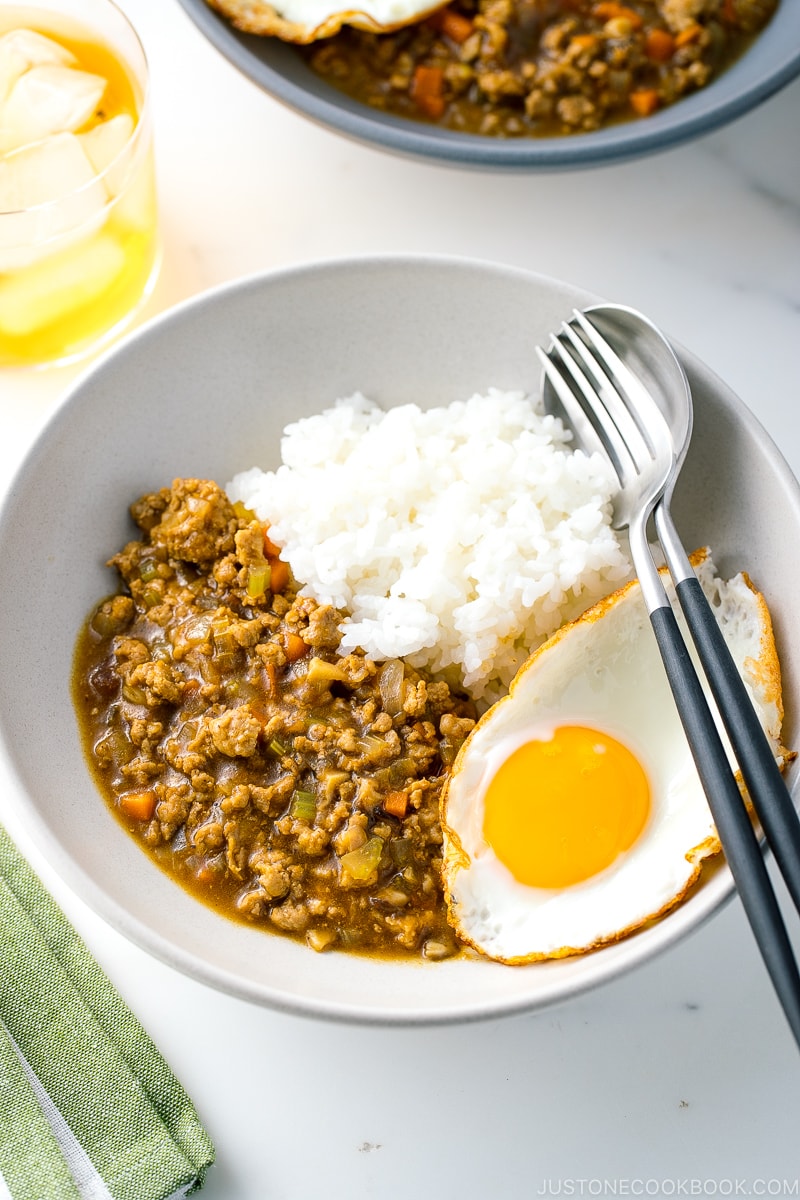
Keema Curry (キーマカレー) is a traditional Indian curry dish made of ground meat, minced vegetables, and spices. In Japan, we have been enjoying this flavorful curry since the 1950s.
Today I’ll show you how to make quick and easy Japanese-style Keema Curry at home. 30 minutes is all you need! You can also swap out the meat for vegetarian/ vegan options.
What makes it Japanese-style? The spices are toned down, and other umami seasonings and curry roux are incorporated to suit the Japanese palate. Anyone who prefers milder heat, you’re going to love this curry!
Keema Curry In Japan
The first Keema Curry appeared in 1957 at a curry and coffee shop, Ajanta in Asagaya, Japan (currently located in Kojimachi). Since then Keema Curry has become a regular menu at Indian restaurants all over Japan.
Because of religious reasons, mutton is generally used in keema curry in India, but it was, and still is, difficult to obtain meat in Japan. Therefore, restaurants have been serving the curry with chicken or pork.
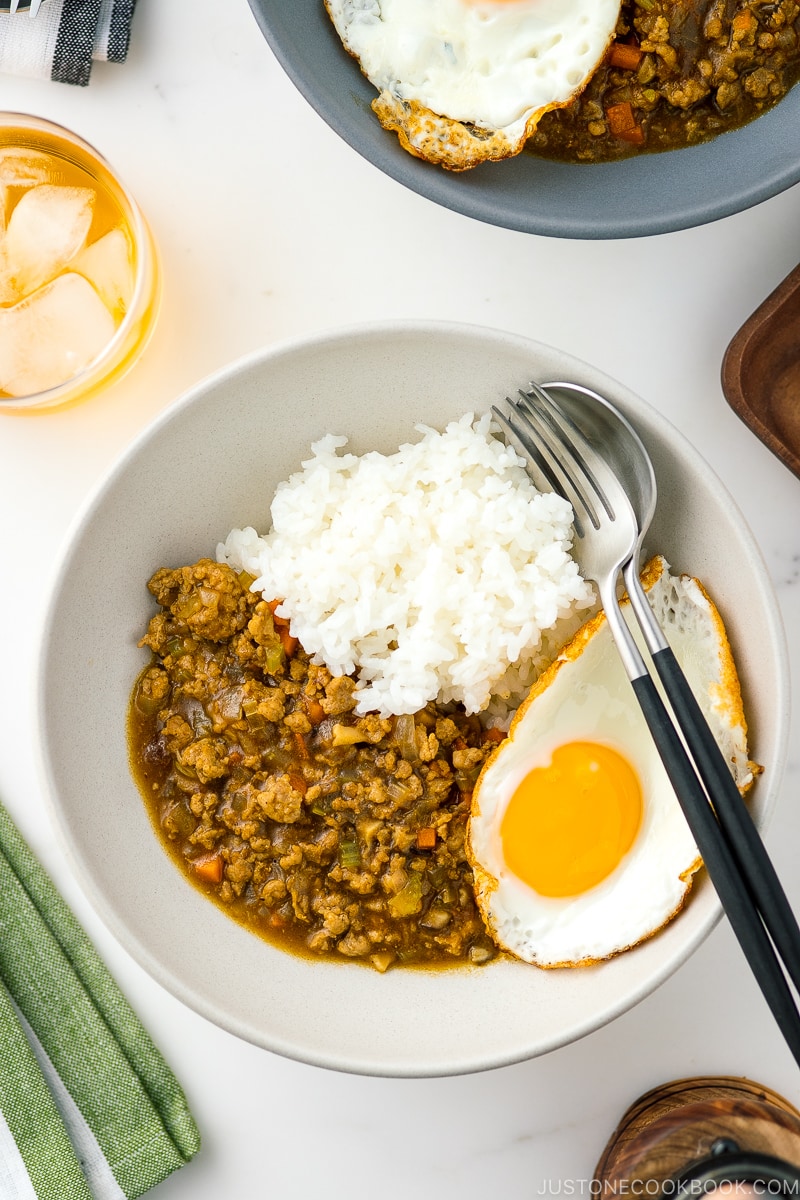
How to Make Japanese-Style Keema Curry
Keema Curry is also a popular dish among Japanese home cooks. Not only it tastes delicious, but it’s also a lot easier to make as compared to regular Japanese curry. The use of ground meat makes Keema Curry a breezy affair when you’re in a hurry. Here are the 3 simple steps:
- Chop vegetables into small pieces, similar to ground meat.
- Stir fry vegetables and meat first, add broth/water and curry powder, and simmer till the ingredients are tender.
- Add Japanese curry roux and simmer for a few minutes.
In India, Keema is usually served with basmati rice, paratha or roti, chapati, and naan, but Japanese-style Keema Curry is served with (short-grain) steamed rice. I like to serve it with a fried egg or halved boiled egg on top, which adds a nice creamy texture to the curry.
Difference Between Keema Curry and Dry Curry
If you’re familiar with Japanese “Dry Curry”, or ドライカレー, you may wonder about the differences between Keema Curry and Dry Curry. Both dishes look extremely similar but here are how they differ:
Keema Curry
- Originated in India
- Use ground meat (mutton, especially in Indian restaurants)
- Can be soupy (more broth)
Dry Curry
- Originated in Japan (it’s a home-style dish)
- Almost no soup or sauce
- Curry Fried Rice or Curry Pilaf is also considered Dry Curry variety.
Other Delicious Rice Recipes
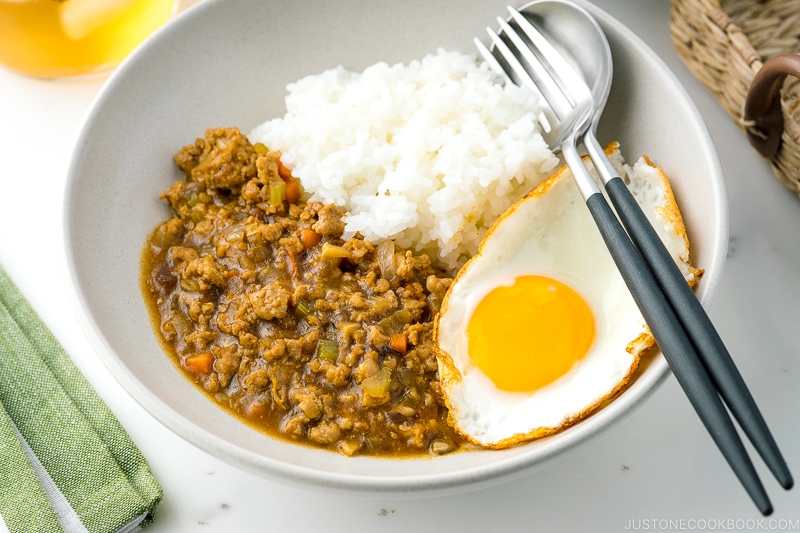
Wish to learn more about Japanese cooking? Sign up for our free newsletter to receive cooking tips & recipe updates! And stay in touch with me on Facebook, Pinterest, YouTube, and Instagram.
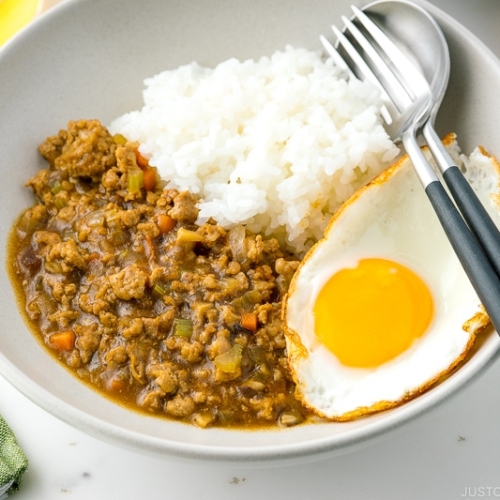
Keema Curry
Ingredients
- 1 onion (7 oz, 200 g)
- 1 rib celery (2 oz, 57 g)
- ½ carrot (3.5 oz, 100 g)
- 6 shiitake mushrooms (fresh; 1.7 oz, 48 g; to use dried shiitake, soak in 1 cup water for 15 minutes, squeeze out the liquid, and use the liquid in place of water in the recipe)
- 1 Tbsp neutral oil
- 1 lb ground pork (you can use ground beef or ground chicken; for vegan/vegetarian, use mushrooms, zucchini, eggplant, tofu, etc.)
- ¼ tsp Diamond Crystal kosher salt
- freshly ground black pepper
For the Seasonings
- 1 cup chicken stock/broth (use vegetable stock for vegetarian/vegan)
- ½ cup water (or more)
- 1 tsp Japanese curry powder
- 2 cubes Japanese curry roux (roughly 2 oz, 50 g; you can make homemade Japanese curry roux)
- 1 Tbsp unsalted butter
- 1 Tbsp ketchup
- 1 Tbsp tonkatsu sauce
For Serving
- 4 servings cooked Japanese short-grain rice
- 4 fried eggs (I always like to add, but optional)
Instructions
- Gather all the ingredients. We usually serve this dish with steamed Japanese short-grain rice. Cook the rice ahead of time; see how to make it with a rice cooker, pot over the stove, Instant Pot, or donabe.

To Cut the Vegetables
- Chop 1 onion finely. Cut the onion in half. Lay one half on the cutting board, flat side down. With the knife edge toward the root end, make ¼-inch horizontal slices to within ½ inch of the root end, keeping it intact. With the knife tip pointing toward the root end, make ¼-inch vertical slices.

- Finally, make perpendicular cuts down through the vertical slices you made. Repeat with the other onion half. If you need to chop the onions finer, run your knife through them using a rocking motion. Hold down the tip of the knife; otherwise, the onions will go flying around the room.

- Cut 1 rib celery into 4-inch pieces. Cut them into thin sticks, then mince them.

- Cut ½ carrot into 4-inch thin slabs. Cut the slabs into thin sticks, then mince them.

- Remove and discard the stems of 6 shiitake mushrooms. Slice the caps, then mince them.

To Cook the Keema Curry
- In a large skillet, heat 1 Tbsp neutral oil over medium heat. Add the onion and sauté until translucent.

- Add 1 lb ground pork and cook until no longer pink.

- Season with ¼ tsp Diamond Crystal kosher salt and freshly ground black pepper.

- Add the celery, carrots, and shiitake mushrooms. Mix well with the rest of the ingredients.

- Add 1 cup chicken stock/broth and ½ cup water. If needed, add more water so the cooking liquid covers the ingredients.

- Add 1 tsp Japanese curry powder and mix well. Cover and bring it to a boil. Skim off the scum and foam on the surface with a fine-mesh skimmer. Reduce the heat to medium low and cook, covered, until the vegetables are tender, about 6–8 minutes.

- Add 1 Tbsp unsalted butter and 2 cubes Japanese curry roux, one cube at a time. Dissolve it completely in the cooking liquid before adding the next cube. The curry will thicken as it heats up. Add more water or broth to adjust the thickness to your liking (you can make it soupy, if you prefer.)

- Add 1 Tbsp ketchup and 1 Tbsp tonkatsu sauce. Mix well and simmer for 3–5 minutes. If the sauce is too thick, add a small amount of water to loosen it.

To Serve
- Portion the steamed rice on individual serving plates and serve the Keema Curry on top. Add one of the 4 fried eggs (optional) to each plate.

To Store
- Keep in the airtight container for up to 2–3 days. This recipe freezes well, so make a large portion, divide it up, and freeze for up to a month.
To Reheat
- Curry thickens as it cools, so it tends to burn while reheating. To avoid this, stir in ¼ cup (60 ml) water or more to loosen up the sauce. Then, gently reheat it on low heat. If it seems thin, continue heating with the lid off to reduce the sauce.
Notes
Nutrition
Editor’s Note: The post was originally published on January 4, 2011. The new images are added and the post is updated and republished in August 2020.
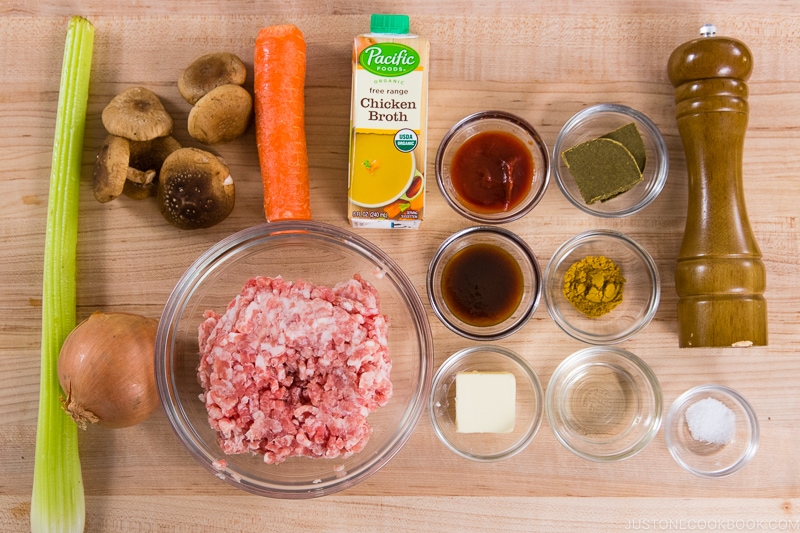
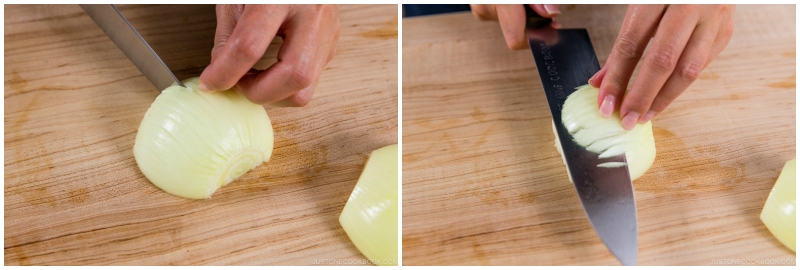
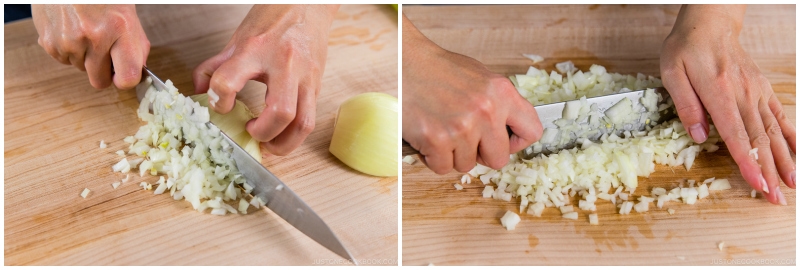
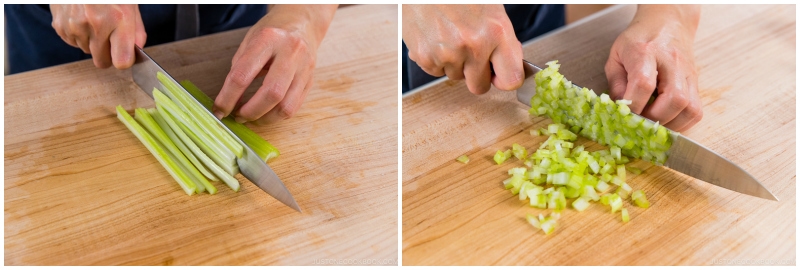
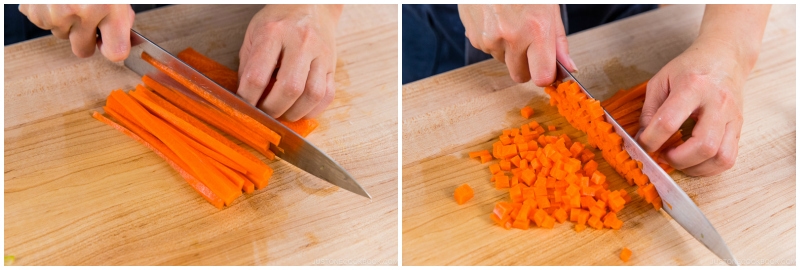
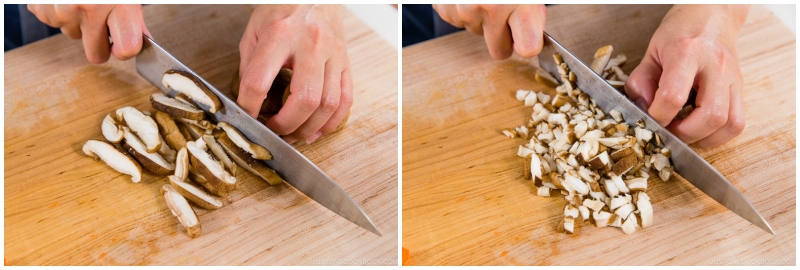
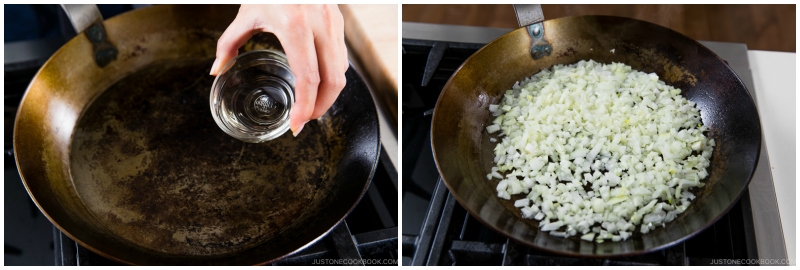
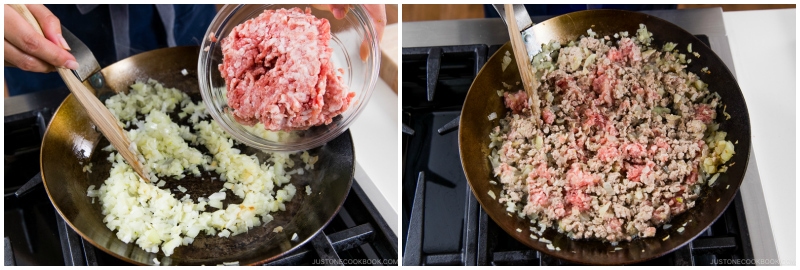
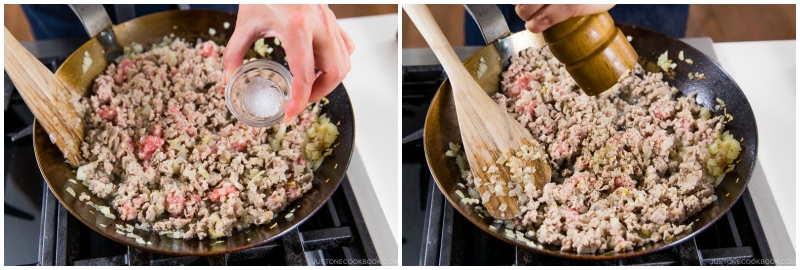
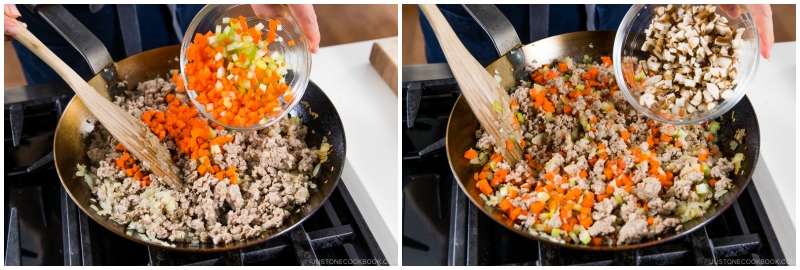
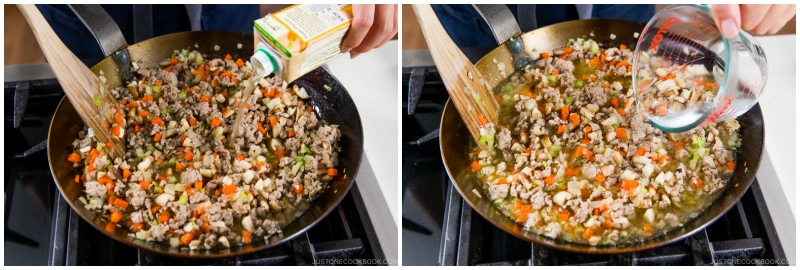
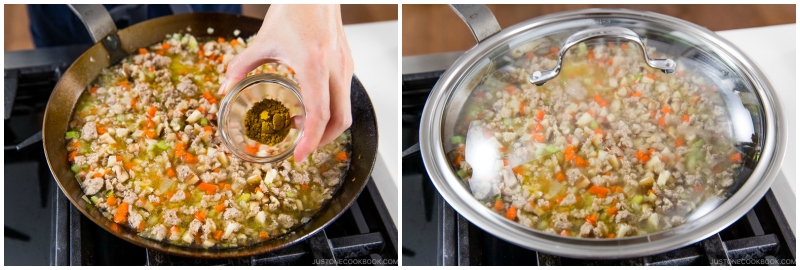
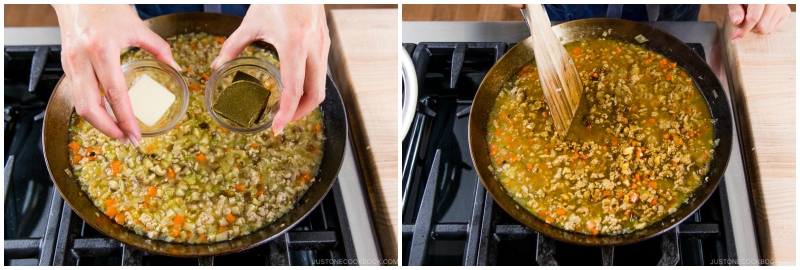
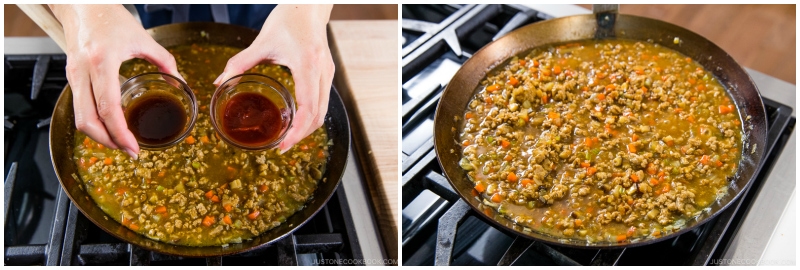
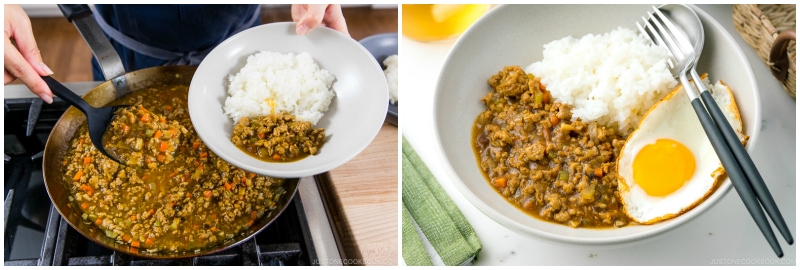










I was planning on making Indian Keema when my DH said he loved Japanese curry more. Then I found this recipe: the best of both cuisines! Oh my gosh, it will be my new go to Keema recipe from now on! Love this so much. Thank you!
p.s. Although, I’m not a beginning cook, I really appreciate your step by step instructions for all your recipes. It’s so helpful when making something I’ve never seen or eaten before. Your instructions are really foolproof! Thank you so much!
Hi, Jennifer! Thank you so much for your kind words.
We were delighted to hear that you and your husband enjoyed the dish and that Nami’s instructions made it easy for you to prepare. Your feedback truly made our day here at JOC.🥰
Really delicious and easy! Adding to to the regular recipe rotation.
Hi Regan! Thank you for including Nami’s recipe in your regular recipe rotation!
We are so happy to hear you enjoyed the Keema Curry!
Happy Cooking!
Made this recipe last night but didn’t have S & B Curry Powder or the Tonkatsu Sauce but I followed your recipes to make both seasonings. Both easy to make…..Loved it.
Hi Vicki! Thank you for trying Nami’s recipe and sharing your cooking experience.
We are so happy to hear you loved homemade Keema Curry!
Happy cooking!
Hi Nami,
I was wondering if this recipe can cook in slow cooker. Thank you
Hi K Nguyen, Thank you very much for checking Nami’s recipe!
We have never tried using a slow cooker for this recipe before. But it may work with 4 hours on high.
Let us know how it goes!
This was really nice. Although based on Indian curries, the taste is in fact very different (the Japanese curry cubes have a very different flavor for those of us who are used to making and eating Indian cuisine – the spice mix is different and they are fruity). Well worth repeating.
Hi DJ! Thank you very much for trying this recipe and for your kind feedback!
We are glad to hear you enjoyed the Japanese Keema Curry!
Hi Nami
May i replace curry power with turmeric as my kids don’t like spicy food. Thanks!
Hi Eli, Thank you very much for trying Nami’s recipe.
Yes, you may replace curry powder with turmeric or garam masala, etc., as you like.
We hope this helps!
Hey nami, thanks for sharing all your recipes, because of you I’ve been cooking ao much of my own food and less takeaways these days.
I did have one question about your recipe, what kind of curry powder do you use?
Hi Nick, We couldn’t be happier to hear how much joy and excitement Nami’s recipe has brought to you!
Nami used S&B Curry Powder for this recipe.
https://www.amazon.com/dp/B0096BRED0?ref=exp_justonecookbook_dp_vv_d
We hope this helps! Thank you for trying many recipes!
Thanks!